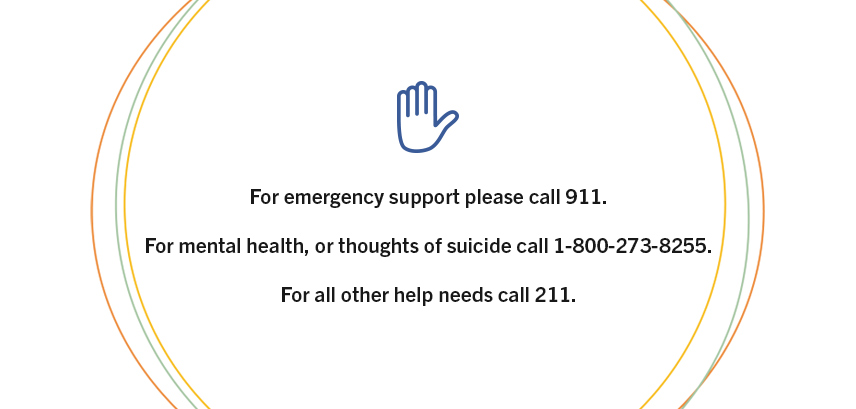What You Should Know
BEHAVIORAL AND PHYSICAL HEALTH ARE ESSENTIAL:
- Addiction is a brain disease. Although initial drug use might be voluntary, drugs of abuse have been shown to alter gene expression and brain circuitry, which in turn affect human behavior. Once addiction develops, these brain changes interfere with an individual’s ability to make voluntary decisions, leading to compulsive drug craving, seeking, and use.
- The impact of addiction can be far reaching. Cardiovascular disease, stroke, cancer, HIV/AIDS, hepatitis, and lung disease can all be affected by drug abuse. Some of these effects occur when drugs are used at high doses or after prolonged use; however, some may occur after just one use.
- Mental health and substance use disorders have a direct and measurable impact on your physical health and overall well-being. Poor mental health is a risk factor for chronic medical conditions, and drug overdoses have become the leading cause of injury-related deaths.
- Mental and substance use disorders affect people from all walks of life and all age groups. These illnesses are common, recurrent, and often serious, but they are treatable, and many people do recover.
BEHAVIRAL AND PHYSCIAL HEALTH ARE ESSENTIAL STATEMENT:
The integration of physical and behavioral health leads to better health outcomes and overall cost savings.
PREVENTION WORKS
- Prevention includes helping people develop the knowledge, attitudes, and skills to make healthy choices or change harmful behaviors. Prevention also includes creating safe communities and neighborhoods where we can live, work, grow, and play.
- Resilience is a key component in prevention. Resilience refers to a person’s ability to cope with difficulty and adapt to challenges or change. Resilience can be built over time and at any age.
- Prevention efforts are offered in three levels, and include supplying services to eliminate the onset of the disease (primary prevention), providing early intervention through screening and treatment (secondary prevention), and delivering treatments that reduce symptoms and improve quality of life (tertiary prevention.)
PREVENTION WORKS STATEMENT:
Prevention starts at birth and continues across the lifespan.
TREATMENT IS EFFECTIVE:
- The first step to finding the appropriate level of treatment is an assessment by a medical or substance use disorder professional.
- Treatment is highly personal and occurs via many pathways. Treatments and supportive services for substance use disorders should be tailored to fit individual needs. For many people, the most effective approach often involves a combinon of counseling and medication. Some forms of treatment are tailored for specific populations such as youth or veterans.
TREATMENT IS EFFECTIVE STATEMENT:
Treatment is effective and people recover and go on to lead healthy and happy lives.
PEOPLE RECOVER:
- You are not alone. Millions of your peers have found a path to recovery and are leading healthy, happy lives. Many of those individuals want to give back and help you through peer supports, 12-step programs, and recovery centers. Remember, anyone, at any time, can recover.
- Recovery addresses the whole person and their community and is supported by peers, friends and family members as well as the health care community. It is vitally important that a person in recovery find a supportive community and stay connected. You are worth it!
PEOPLE RECOVER STATEMENT:
It is vitally important that a person in recovery find a supportive community and stay connected.


